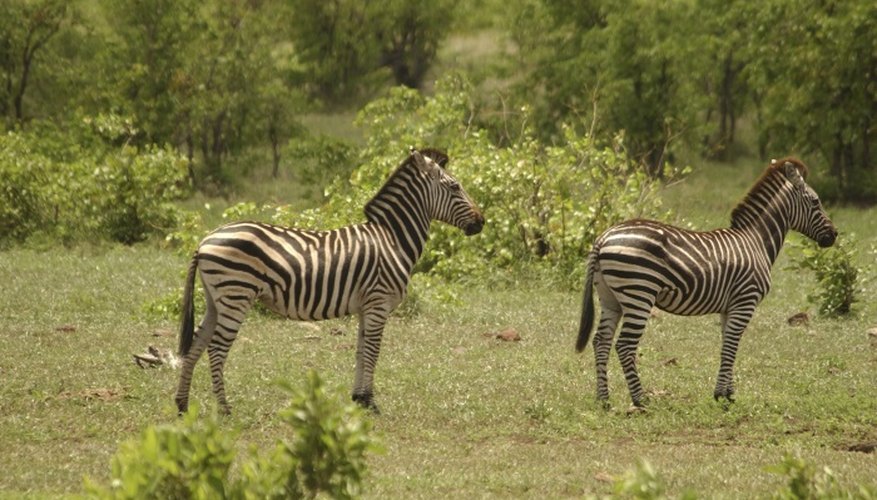Zoological gardens have become the last refuge for many animal species which have become endangered through deforestation, poaching and habitat fragmentation. Zoos have a responsibility to educate the public about our fragile world and about the interdependence of all life on Earth. Natural habitats show zoo visitors how animals live in the wild. These habitats do, however, pose a number of problems for zoo personnel, as they can be difficult to clean and make it more difficult to manage the diet and health of the animals that are housed within them.
Advantage: benefits for the public
Visitors to modern zoos are much better informed about the natural history of animals than they were years ago. Excellent documentaries have shown the general public how animals live in nature and what their habitat looks like. Natural habitats in zoo enclosures are an important way of further educating the public about ecosystems and the interdependence of living creatures. Natural habitats are proof that zoos have evolved from the menageries they once were, with bars and sterile cement floors.
- Visitors to modern zoos are much better informed about the natural history of animals than they were years ago.
- Natural habitats in zoo enclosures are an important way of further educating the public about ecosystems and the interdependence of living creatures.
Advantage: benefits for the animals
Natural habitats have the advantage of making zoo animals feel more at home. Water holes and living trees allow animals in captivity to live a life as close to that in the wild as possible. Natural habitats assist in reducing stress in zoo animals, by offering them an environment that suits their needs. Monkeys should therefore be provided with trees, while buffaloes and rhinoceros should be offered a mud wallow and earth mound for scratching.
- Natural habitats have the advantage of making zoo animals feel more at home.
- Natural habitats assist in reducing stress in zoo animals, by offering them an environment that suits their needs.
Disadvantage: animal husbandry problems
Natural habitats in zoo enclosures frequently make it difficult to keep the enclosure clean to manage the animals. It is difficult to catch small animals and birds in an enclosure which has been heavily planted with trees and shrubs. It is also difficult to always see the animals; an individual that is ill can easily hide without being detected. Animals which have retreated into burrows or are sheltering in thick foliage will not be easily be counted during the daily or regular census, and zoo personnel will have a distorted idea of population sizes.
- Natural habitats in zoo enclosures frequently make it difficult to keep the enclosure clean to manage the animals.
- It is also difficult to always see the animals; an individual that is ill can easily hide without being detected.
Disadvantage: maintenance problems
Many animals will eat or play with living vegetation. Parrot species, in particular, will clamber about in living trees and feed on their fruit and berries. Great apes and monkeys will pull bark from trees and eat the leaves, and large animals, such as elephants, can uproot or knock over the sturdiest of trees. Antelopes graze on and trample grass in their enclosures, and warthogs and other burrowing species dig substantial holes and tunnels.
- Many animals will eat or play with living vegetation.
- Great apes and monkeys will pull bark from trees and eat the leaves, and large animals, such as elephants, can uproot or knock over the sturdiest of trees.
